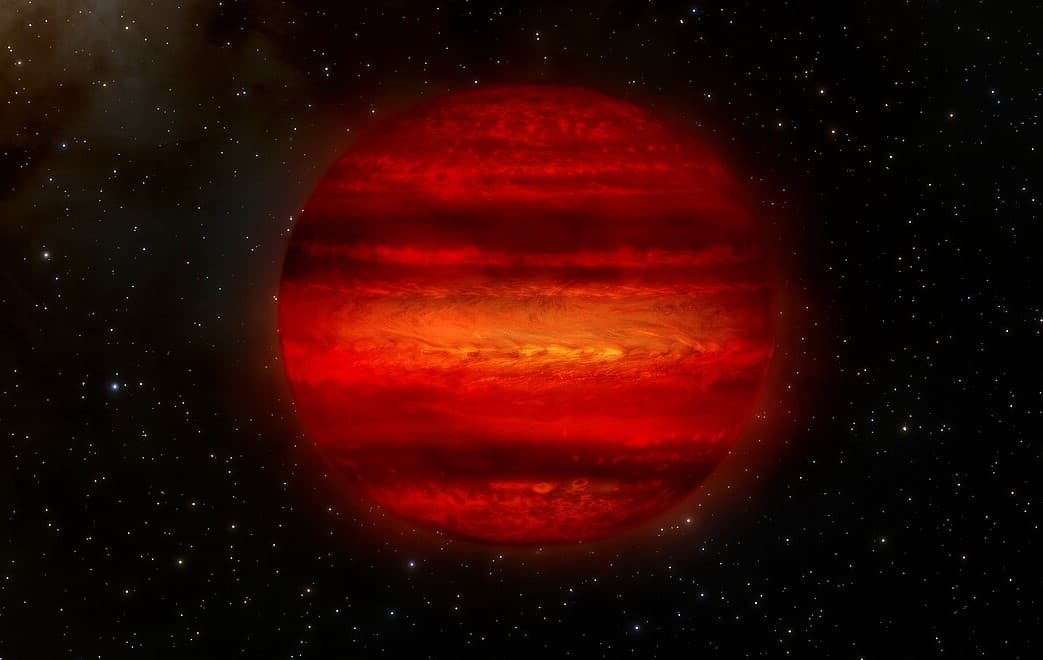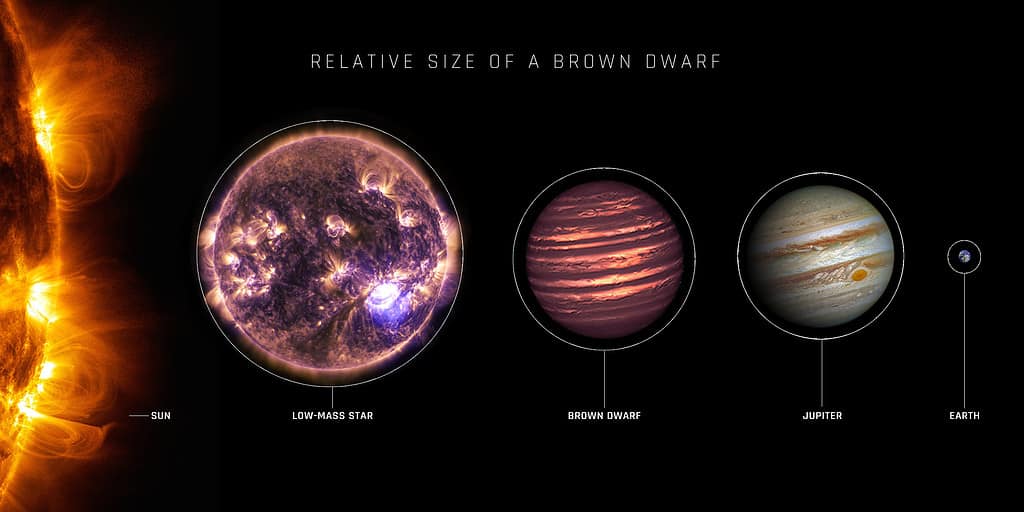
University of Sydney astronomers have discovered a tiny, inconspicuous star that is now officially the coldest star to have ever been observed emitting radio waves. The star under investigation, T8 Dwarf WISE J062309.94045624.6, is about 37 light-years away from Earth. This adds a new dimension to our understanding of stellar dynamics and magnetic fields.
The study, published in The Astrophysical Journal, finds the star in question is an “ultracool brown dwarf,” a gas-filled sphere simmering at about 800 degrees Fahrenheit (425 degrees Celsius). That’s actually lower than a typical campfire which can range from 1500 to 1650 Fahrenheit (815 to 898 Celsius).
To put it in perspective, our Sun’s surface reaches a raging 5600-degree Celsius inferno sustained by nuclear fusion. But this brown dwarf isn’t the coldest star ever found, but it is the coolest star to have undergone radio astronomy analysis.
“It’s very rare to find ultracool brown dwarf stars like this producing radio emission,” said Kovi Rose, lead author and Ph.D. student at the University of Sydney.
“That’s because their dynamics do not usually produce the magnetic fields that generate radio emissions detectable from Earth. Finding this brown dwarf producing radio waves at such a low temperature is a neat discovery.

Astronomers are puzzled by how radio waves originate in brown dwarfs. Less than 10% of brown dwarfs release these emissions. Larger “main sequence” stars like the Sun are relatively well understood. It is thought that ultracool dwarfs’ swift rotation helps to produce their powerful magnetic fields.
Electrical currents can develop when the magnetic field and the dwarf’s ionized atmosphere rotate at different rates. In this case, electrons are believed to flow toward the magnetic polar region of the star, producing radio waves, leading to periodically repeating radio bursts.
Brown dwarfs, so named because of their low energy and light emissions, lack the mass of other stars like the Sun to support nuclear fusion. They occupy a special space between the biggest gas giant planets, like Jupiter, and the smallest hydrogen-burning stars.
Caltech astronomers made the planet’s initial discovery in 2011. The star is thought to be at least four times more massive than Jupiter with a radius that ranges from 0.65 to 0.95 times that of Jupiter. Put into perspective, the Solar System‘s largest planet is 1,000 times smaller than the Sun.
“Deepening our knowledge of ultracool brown dwarfs like this one will help us understand the evolution of stars, including how they generate magnetic fields,” Rose said.









